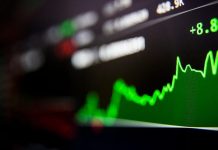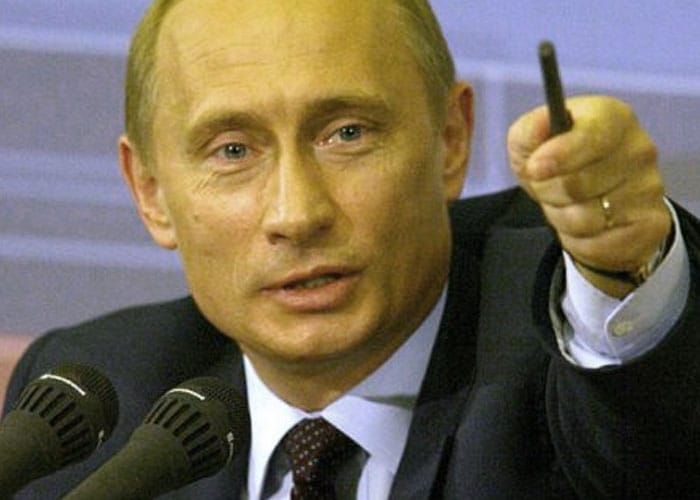The US dollar was little changed against a basket of trade-weighted currencies on Tuesday, as stronger than forecast consumer price inflation failed to generate a bigger buy-in following a large selloff last week.
The US dollar index climbed to a daily high of 97.30. It would subsequently consolidate at 97.08, advancing 0.5 percent.
The EUR/USD gave back some of its recent gains, hitting a session low of 1.0904 after soaring to 1.1027. The pair would subsequently consolidate at 1.0922, declining 0.3 percent. The outlook on the pair has turned bullish, as the markets eye bigger gains for the euro amid subdued rate-hike expectations from the US Federal Reserve. The EUR/USD faces initial support at 1.0818 and resistance at 1.1023.
The dollar rallied against the British pound, as the GBP/USD fell more than half a percent to 1.4869. The pair faces initial support at 1.4863 and resistance at 1.5016.
In economic data, US inflation rebounded in February, as the impact of very low gas prices finally showed signs of moderating. The consumer price index of goods and services increased 0.2 percent last month after plunging 0.7 percent in January. The February increase ended three straight months of declines.
Compared to February 2014, consumer inflation was unchanged after slipping 0.1 percent annually the previous month.
The Commerce Department also reported a bigger than expected surge in new home sales in February. The sale of new homes jumped 7.8 percent to a seasonally adjusted annual rate of 539,000, a seven-year high.
Separately, the US manufacturing industry remained on firm footing in March, preliminary PMI data from Markit Group reported on Tuesday. The US manufacturing PMI rose to 55.3 in March from 55.1 the previous month. Economists forecast a slight drop to 54.7.
Manufacturing output rose at its fastest pace since September of last year, while new orders climbed to a five-month high despite a fall in export sales.
“Manufacturing regained further momentum from the slowdown seen at the turn of the year, with output, new orders and employment growth all accelerating in March,” said Markit chief economist Chris Williamson in a press release.
With the March figures, the US economy is forecast to increase just below the 2.2 percent expansion seen in the fourth quarter, Markit said.
Tradersdna is a leading digital and social media platform for traders and investors. Tradersdna offers premiere resources for trading and investing education, digital resources for personal finance, market analysis and free trading guides. More about TradersDNA Features: What Does It Take to Become an Aggressive Trader? | Everything You Need to Know About White Label Trading Software | Advantages of Automated Forex Trading












































